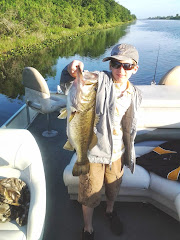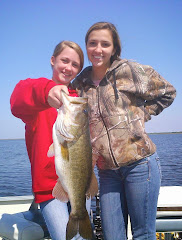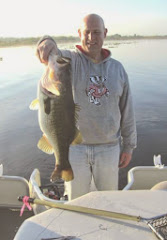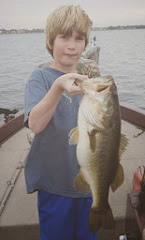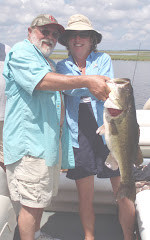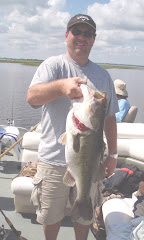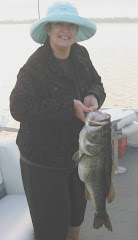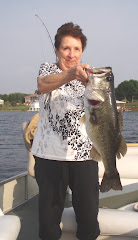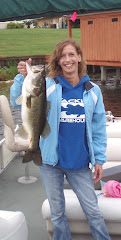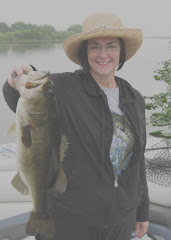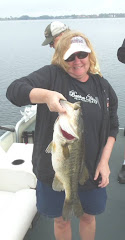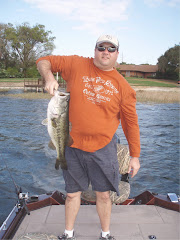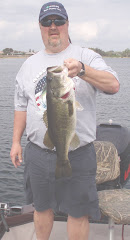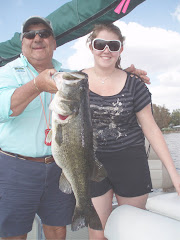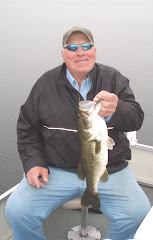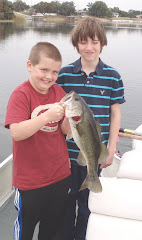Many people and organizations discuss boating safety, which generally refers to “on the water” activities. And, as important as that is, I would like to discuss an overlooked issue … proper boat launching procedures. As both a guide and a recreational angler, I frequent a lot of public boat ramps and have seen it done almost every way possible – some good, and some really bad.
First, the boater needs to have their trailer properly attached to their towing vehicle with a properly sized hitch ball to match the trailer tongue. It is a good idea to have a hitch lock to prevent theft. Safety chains should come from both sides of the trailer and attach to the bumper, in case the trailer comes off of the hitch. You should have your trailer lights attached to the tow vehicle, whether towing day or night, making sure that everything works – running lights, brake lights, and turn signals. Although your boat is attached to your trailer by the winch strap, on longer hauls it is a good idea to attach the bow eye of the boat to the trailer with an additional mechanism, such as an adjustable double hook, and to have tie-down straps on the back of the boat, on either side of the motor, attaching to the trailer. There are a number of different types available at your local marine dealer or at Payes Trailer Parts located south of Lake Wales on Hwy 60. Smaller motors have pins to raise the motor, but if you have a large motor, a motor-toter is also a good idea because it greatly reduces the stress on the boat’s transom while towing. Put the gear shift in gear so your prop won’t be turning while going down the road, which can damage the bearings. Also, if you are trailering your boat on a long trip you should have a snug cover which will protect the inside of your boat and increase your gas mileage.
Boat Unloading
Before lining up with the ramp, stop in a “pre-stage” area out of the way of those currently launching and do the following preparations:
Remove all tie-downs or ropes, motor pins or motor-toter, cover, and security mechanism from the bow eye, leaving the winch strap secured;
Put the drain plug in securely;
Place whatever items you are taking with you that have not already been put into the boat, such as a cooler, camera, towels, sunscreen, rods and reels, etc.;
Put the boat key into the ignition and make sure that your fuel bulb is taught
Check that your engine will start by turning it over till it does and then immediately turn it back off;
Look at the ramp to assess the condition of the ramp, the length and steepness, and the water level.
If you are not alone, determine who will back the boat and who will be in the boat, verifying what hand signals to use;
If you are alone, do one of two things:
o 1) have a long enough rope attached to the bow eye to be able to float your boat off and then pull it over to the dock or the bank so you can immediately pull your trailer off of the ramp, or
o 2) ask another boater that is waiting to launch if he/she would be so kind to help you.
Once you feel that you are thoroughly prepared, proceed to the ramp and, if all clear, line your vehicle and trailer up as straight as possible, in line with the ramp. Back slowly using your side and rear view mirrors, if possible. Remember, when you turn your vehicle’s tires one way, your trailer will aim the opposite way. Make adjustments gradually in small amounts for best results. Back the boat in just far enough for it to float, but where you can get to the bow without stepping into the water. Stop there so you can then detach the winch strap. Again, if you are alone and there was no one available to help, holding onto the rope that is tied to the bow eye, push the boat clear of the trailer and secure it either to the launch dock or to the shore. If you have someone in the boat, ask them to start the motor and then continue backing the boat gradually, being careful not to allow the trailer wheels to fall off the ramp, until the boat driver is able to back the boat clear of the trailer. Usually, this is when the trailer wheels just become submerged in the water. Once the boat is clear, gradually pull forward with the trailer and proceed to the trailer parking area, making sure that you park in the same fashion and alignment as everyone else. Put your vehicle’s keys away securely in a pocket before leaving land so as not to accidently drop them into the water.
Boat Loading
Again, making sure that your vehicle keys are secure in a pocket before leaving the boat, pull your boat up to the launch dock or shoreline, out of the way of launching boats. If the ramp is busy, get in line somewhere in the “pre-stage” area. When it is your turn, line up with the ramp in the same manner as you did for unloading. Back the trailer into the water slowly until the wheels of the trailer are just barely submerged or, if you are not alone, at whatever degree your boat driver signals to you.
If you do have assistance, get out of the vehicle so you can assist the boat driver to align the boat onto the trailer, approaching it slowly but with enough speed to maintain direction. Once the boat meets up with the trailer’s hull supports the driver should slightly increase the throttle to cozy the bow up to the trailer’s bow stop. Once they meet, hook the winch strap and tighten securely.
If you are loading your boat by yourself, go get it and either drive it on yourself or, if you are not proficient with that procedure, use the bow rope to guide it onto the hull supports and, once aligned properly, pull out and attach the winch strap to the bow eye. Crank the winch until the boat is securely against the bow stop.
Slowly pull the boat out of the water up onto the ramp. If there is no other boat waiting to launch, you can stop once you have completely cleared the water. Otherwise, you should continue to pull out of the way of other launchers. Prepare your boat for towing by reattaching all tie-downs, ropes and security mechanisms, removing all items that may blow out, turning off all electronics, removing the plug, propping the motor up and putting it into gear. Make sure that your lights and safety chains are still attached. Also, check your trailer for any grass that may have become attached during launch to eliminate transfer to another lake.
Boat Safety
Everyone should be familiar with both state and local boating laws. Current regulation booklets are usually available wherever fishing licenses are sold or are available online at myfwc.com.
In addition, you will need to pack the right equipment, such personal flotation devices, fire extinguishers, visual distress signals, marine radios, navigation lights and sound-producing devices. Complete information on regulations and equipment standards can also be found on the U.S. Coast Guard’s boating safety website at uscgboating.org.
Help keep and improve public access to Polk County, Florida’s waters by participating in or attending the Rampin’ It Up Big Bass Benefit Tournament on Saturday, April 9th at Lake Shipp Park. Info available at your local tackle shops or at friendsoftheparks.net.

Come see me at the Bridgemaster Fishing Products/Katydid Fishing Products exhibitors booth and say “Hi.”




